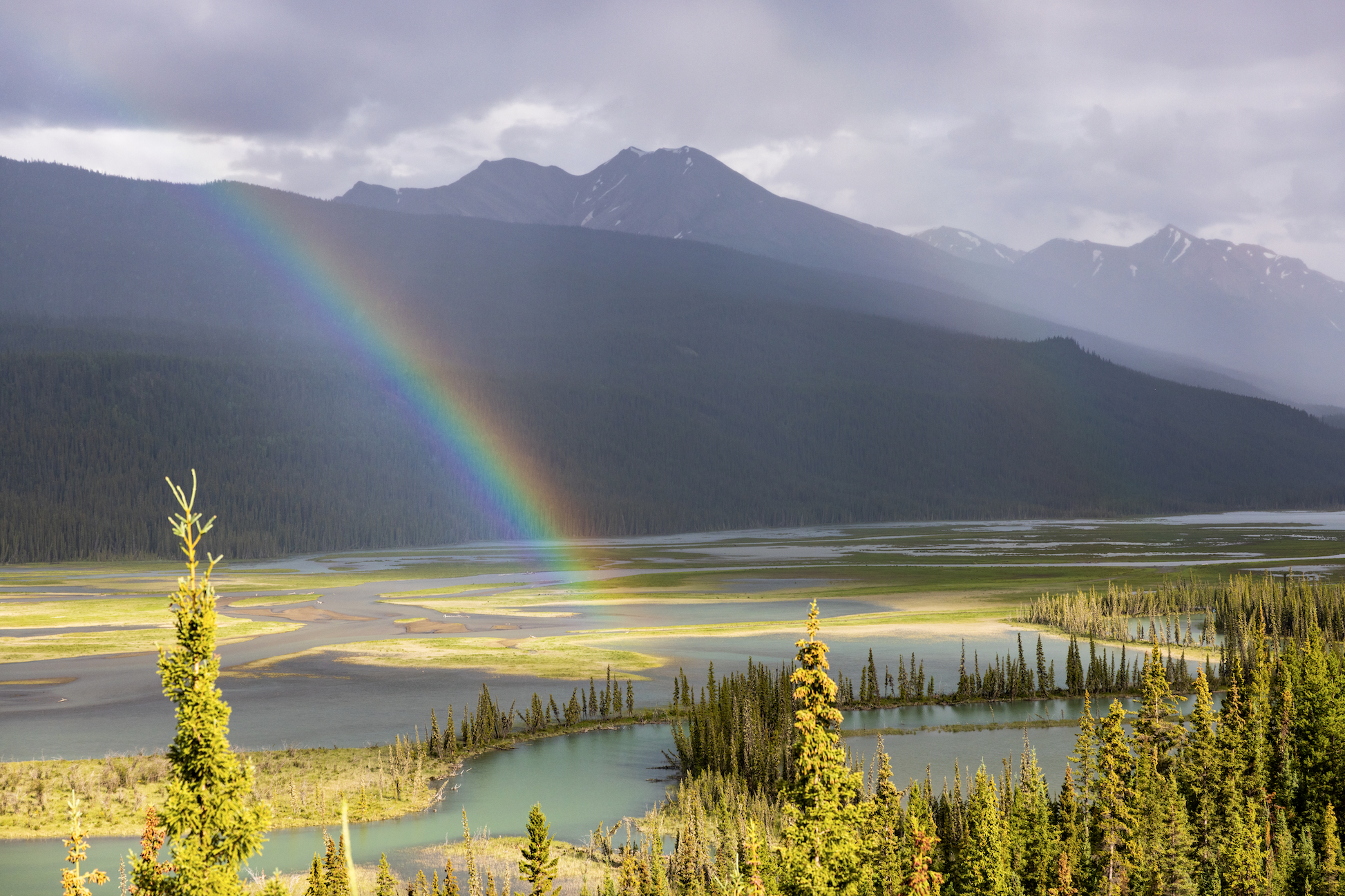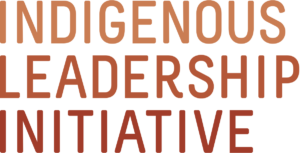Indigenous Protected
& Conserved Areas
Indigenous Protected and Conserved Areas are places that Indigenous Nations identify for conservation. These lands help sustain Indigenous communities and the health of the world.

Indigenous Peoples have been caring for this continent for millennia. Today Indigenous Nations are leading the biggest, most ambitious plans for sustaining lands and healthy communities across Canada. Many Nations are doing by creating Indigenous Protected and Conserved Areas (IPCA).
80% of the world’s remaining biodiversity is on lands cared for and loved by Indigenous Peoples.
Indigenous Nations determine the lands and waters they want to include in IPCAs, often through extensive community planning. The IPCAs reflect Indigenous laws and traditions and ensure Indigenous Peoples can maintain our relationship with these lands.
In an influential report, the Indigenous Circle of Experts explained that IPCAs can take many forms, but they share these common elements:
They are Indigenous-led.
They represent a long-term commitment to conservation.
They elevate Indigenous rights and responsibilities.
Determining the future of traditional territories is at the root of Indigenous Nationhood. With IPCAs, Indigenous Nations hold the pen when lines are drawn on the map, sit at the table when decisions are made, and are on the ground caring for lands and waters through Indigenous Guardians programs.
IPCAs are often designated through Indigenous law, then through partnership agreements with Crown governments. These are Nation-to-Nation agreements, in which each party outlines roles and responsibilities. IPCAs may be co-designated as national parks or national wildlife areas, but Indigenous Nations are always co-creators.
The Indigenous Leadership Initiative is proud to partner with Indigenous Nations in the creation of IPCAs. We have helped support Nations’ land use plans and negotiations with Crown governments as they advance their vision for Indigenous-led protected areas.
In the Northwest Territories, for instance, three large-scale IPCAs have been established since 2018, totaling over 50,000 sq km—about the size of Coast Rica. ILI served as partners in the creation of these three IPCAs: Ts'udé Nilįné Tueyata, Edéhzhíe, and Thaidene Nëné. We also work with 23 of the 27 Nations whose proposals received support from the federal Nature Fund in 2019, a $175 million investment in creating new protected areas.
IPCAs like these can help Canada achieve its goal of protecting 30 per cent of lands and waters by 2030, as part of the global effort to stem the loss of biodiversity. That’s why ILI has ensured that Canada places partnerships with Indigenous Nations at the centre of its strategy to meet this target.
The Indigenous Leadership Initiative continues to work at the Nation, territorial, provincial, and federal levels to secure greater recognition and long-term funding for IPCAs.
A Gift to the World
Indigenous-led conservation works because it honours the relationship between people and the land. It recognizes that caribou herds, salmon runs, and songbird nesting grounds benefit from sustained, respectful care.
Research confirms it. The United Nations Global Assessment Report on Biodiversity and Ecosystem Services offered a dire account of the state of nature, but it said that lands and waters managed by Indigenous Peoples tend to be healthier and more vibrant. A University of British Columbia study found that the number of birds, mammals, amphibians and reptiles in Canada and elsewhere were highest on lands managed by Indigenous communities.
IPCAs help ensure this stewardship continues into the future. They offer Canada the most effective way to meet international biodiversity goals of protecting 30 percent of lands by 2030.
Progress on the Ground
Indigenous Nations are creating IPCAs that sustain lands and waters across the country. Here are just a few examples:
Thaidene Nëné
The Łutsël K’e Dene First Nation led the creation of one of the biggest protected areas in North America. In 2019 they signed an agreement with Parks Canada and Government of the Northwest Territories to protect 26,376 square kilometres. Called Thaidene Nëné, the Land of the Ancestors, it will be co-managed by Łutsël K’e Dene First Nation.
Edéhzhíe
In 2018, the Dehcho First Nations passed a Dene law to protect 14,249 square kilometres of boreal forest. Dehcho leaders then held a signing ceremony with the Government of Canada to designate the joint Edéhzhíe Dehcho Protected Area and National Wildlife Area. It will be co-managed by the Dehcho K’ehodi Indigenous Guardians and Canadian Wildlife Service
Seal River Watershed Alliance
A partnership of four First Nations have come together with the support of their Inuit neighbors to permanently protect 50,000 square kilometres in Northern Manitoba as an Indigenous Protected Area. Their proposal received initial funding from the Government of Canada, and they are advancing their vision for a pristine watershed full of hope and abundance.












